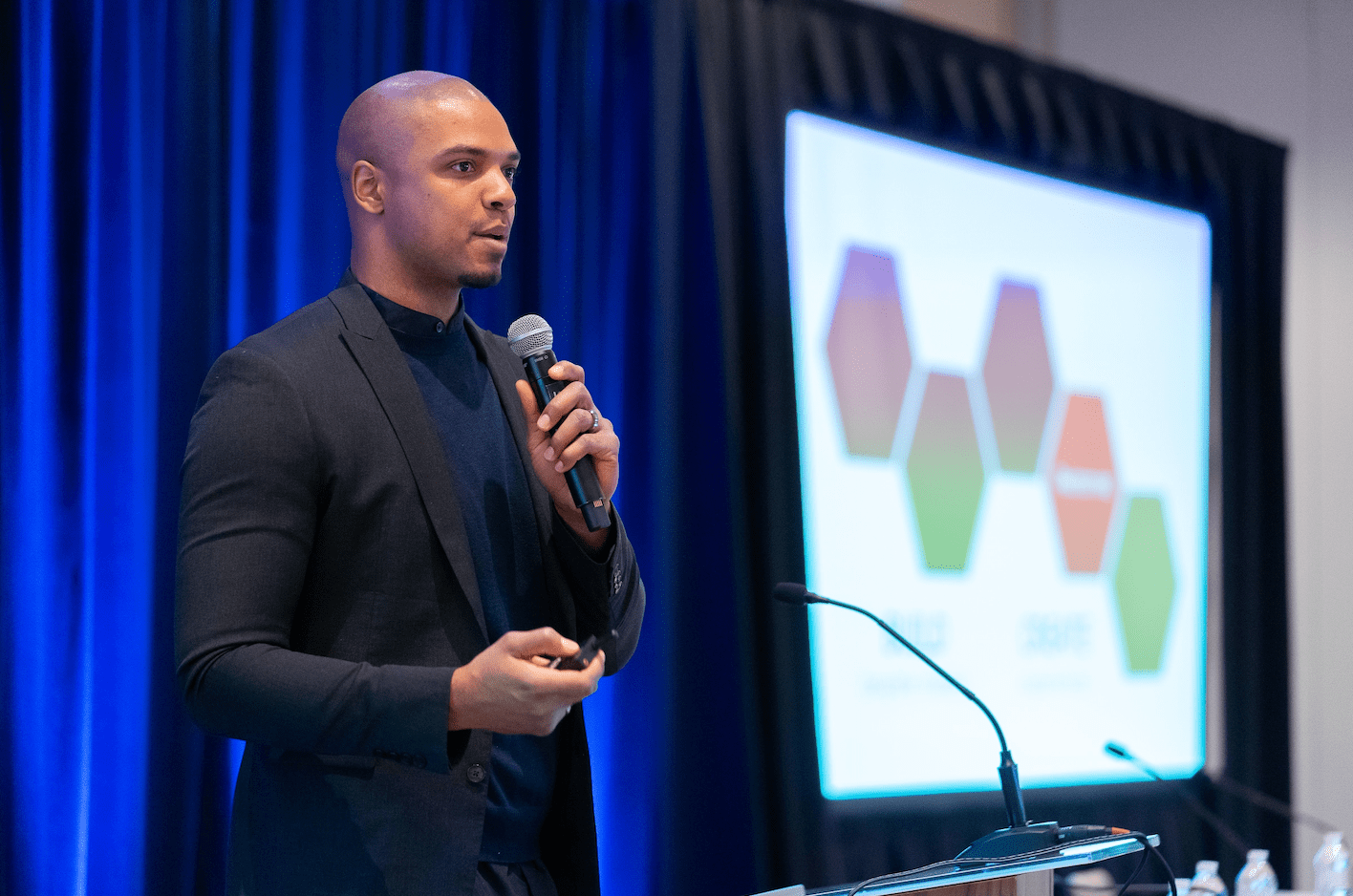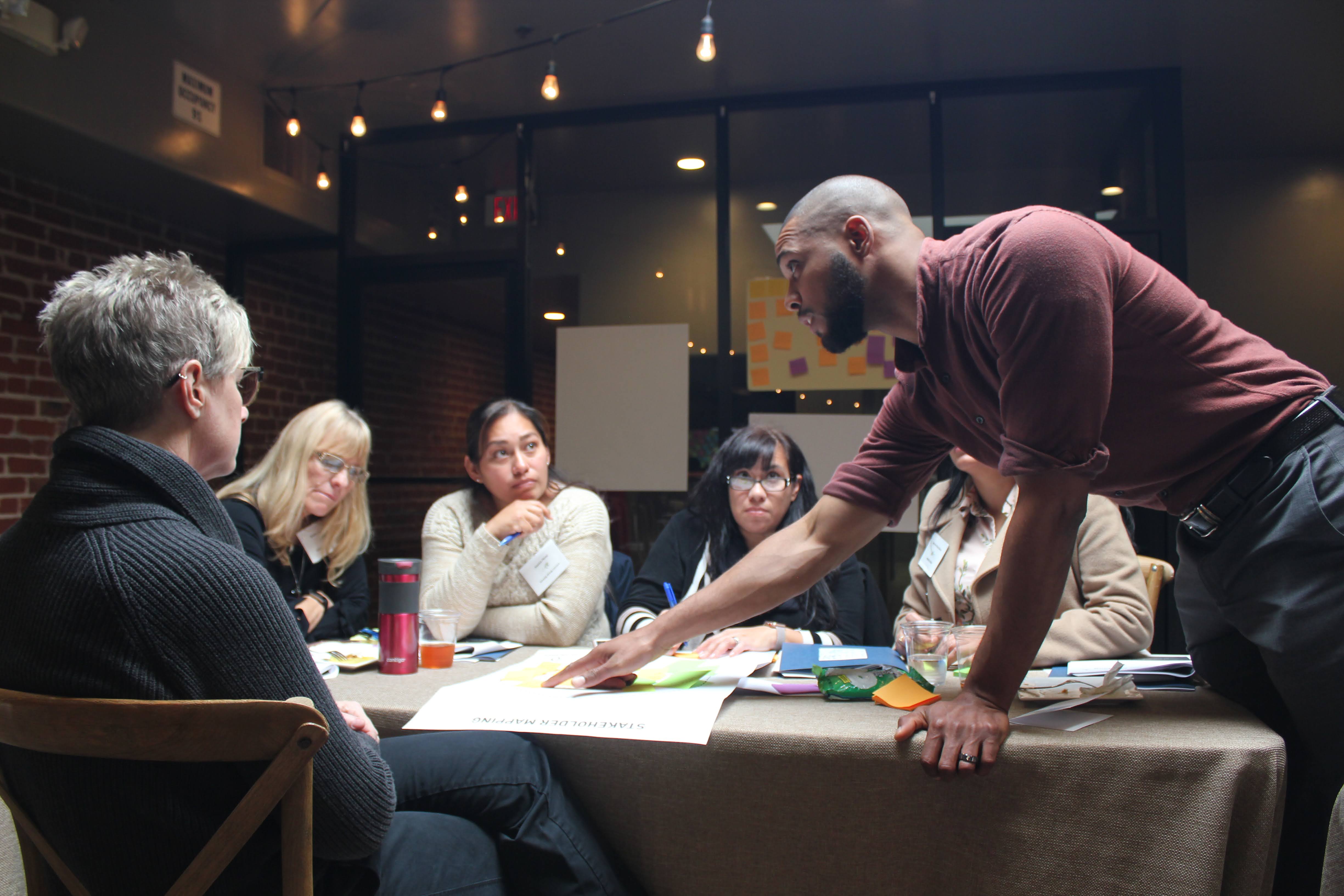Lifestyle
Making a Real Difference: How Your Business Can Create a Greater Impact on Society

– Choosing compostable paper bags over plastic packaging in your store.
– Offering fresh leftovers to the less-privileged living close to your eatery.
– Free haircuts every weekend for neighborhood kids whose parents can’t afford salon fees.
– Scaling your brand by cutting down on some less critical divisions in favor of affordability.
– Hiring well-vetted ex-convicts in your establishment.
The list goes on and on.
Beyond a pure profit-driven era and in an ideal world, the social impact of a business is just as critical to its overall success as the economic impact. Your business should be held to the moral responsibility of contributing to positive efforts, on any scale, against social injustice and other challenges faced by its host community. Contrary to the general misconception, social impact isn’t just about philanthropy.
“Social impact is tangibly improving the health and wellbeing of other people in society,” says Durell Coleman, an American entrepreneur, social impact consultant, multi-niched engineer, and Stanford lecturer. “The challenge in the definition is that a lot of things can appear to mimic this impact. However, the parameters for measurements are questions such as – who are the people who have some of the biggest health and wellbeing challenges? Are we making things easier for them? Are we creating things that are improving outcomes for them? As a social impact strategist, I think of who’s not being designed for and who’s not being served. Who’s left out of the systems that we currently have? This is how improvements are effected.”
Coleman is the founder and CEO of DC Design, a leading Black-owned social impact consulting firm and strategy development brand headquartered in San Francisco. With many years of experience working with nonprofits, foundations, and governments, Coleman has developed countless long-lasting community-centered strategies for directly impacting lives where it actually matters. He shares some thoughts on how social impact can be incorporated into everyday businesses on any feasible scale.
Social impact as part of your core business plan

One year. Five years. Twenty years.
It doesn’t exactly matter how long your business has existed. At any point in your growth trajectory, quality change can be envisioned. Cost-effective or non-cost strategies can be developed to scale your business up to an establishment making positive and genuinely helpful impacts on society. You’d have to identify what area of community or society you’d like to touch directly. For example, do you want to include more affordable options in your product list to tend to lower-income families, or would you like to include a free delivery option to nearby neighborhoods?
“Start with the people you want to serve,” Coleman says. “Not simply thinking about what’s needed to create change, but talking to them directly about what their experiences have been like in confronting the problem you hope to solve. If you want to affect homelessness, talk to the homeless. If you want to affect Black wealth inequality, talk to low-income Black people. If your work is about reducing mass incarceration, talk to those who are or have been incarcerated. They understand where the system failed them, where they could have chosen differently, and what your priorities should be.”
A combination of these insights is then applied to come up with solid approaches and viable strategies for creating directly visible impact. The result is the elevation of these social challenges as these ideas are solidified into long-term sustainable solutions.
Inclusivity against all forms of inequality
Escapism and denial about the social injustices thriving in the world, especially in the United States, would only hurt society in the long run.
“Inequality affects people across every demographic, spanning through parameters such as race where Black and brown people are undeniably affected by ongoing social injustice,” says Coleman, who runs Design the Future, a flagship program teaching high school kids to design products and apps for people with disabilities. “Other factors are gender, where women still battle career biases and representation; income levels, where lower income earners are often confined to lower quality schools, healthcare, and services; rap sheets as ex-convicts re-enter society with little hope for survival; and post-employment care, where war veterans are left to fend for themselves with inadequate assistance from the government.”
A business or brand seeking to make a real social impact must embrace the obligations of equality of inclusion in its range of services.
Tech firms can hire just as many males as females, cosmetics brands can include more dark skin tones in their product array to serve people of every color, fashion brands can supply plus-sized clothing at the same prices as other sizes, clinics can offer free therapy to war veterans, real estate agents can offer lower service percentages to the less-privileged, and more businesses can give formerly incarcerated people a chance.
Be kind to your labor force
A business can make all the social impact in the world but it would all be for nothing if the employees or hired labor, the actual driving force of the enterprise, are unhappy and uncared for. Social impact starts from the immediate environment and broadens out toward larger society.
In conclusion, Coleman describes his personal approach to employee wellness.
“Henry Ford had it right. He paid his people enough so that they could hopefully buy the cars that they were producing, and it all worked out,” he says. “I run a for-profit social impact business. I have to be efficient and I have to make enough money to support my people, my employees. I try to bring in the best employees possible. I try to give them health care. I want to make sure that they have everything that they need to thrive in their own lives.”
Lifestyle
From Broken to Whole: The Radical Reawakening Behind The XI Code

Elle dela Cruz
Most healing begins with the assumption that something is broken. That the fix lies in the right therapist, diet, retreat, or ritual. Patchwork solutions for a fragmented self.
But for clients of The XI Code, the breakthrough did not come by fixing what was broken, it came by remembering what was never damaged to begin with.
It is not a spiritual placebo or self-help remix, rather a recalibration, a return, a radical stripping away of every distortion that ever claimed authority over who you are. Founded by Masati Sajady, The XI Code has become a sanctuary for those who sensed there had to be more and now live the proof of it.
This is not talking about polite gratitude or glow-up affirmations, these are accounts of full-system transformation, physical regeneration, identity coherence, and a kind of inner homecoming that makes every previous attempt feel like a rehearsal.
“This isn’t about self-help,” says Masati. “This is about self-realization. There is a version of you untouched by pain, trauma, or time and that is what XI reveals.”
Remembering the Self Beneath the Static
Those who enter the XI space often describe their experience not as something new they learned but as something ancient they finally remembered. One client shared: “I listened to Masati’s podcasts during a bottomless depression. I swear it pulled me from the dark to the light.”
But the words they use are not mystical or out of reach, rather grounded. “I feel safe in my body.” “I’ve come home.” “I finally see myself.”
This is not a performance of healing, it is a quiet, cellular knowing.
“I survived death and decoded life,” Masati explains. “I returned with the blueprint for those ready to rejuvenate the body, unlock peak performance, and evolve humanity.” Those words, radical to some, feel like a memory to others. As if, somewhere deep inside, they always knew this was possible.
When the Body Starts Listening
While XI is not a medical protocol, many clients describe physical transformations that coincide with their inner shift. One wrote: “I’ve begun rendering myself as my highest form, right here, in this space and time continuum.”
Another called it “the most effective healing method” they had found after years of traveling the world for answers. But the common thread was coherence. A recalibration across dimensions: physical, emotional, energetic, and ancestral. It is about resolving distortion at the origin point.
Rewriting the Lens of Reality
After engaging with The XI Code, many report not just feeling better but seeing life differently. Like a veil lifted. Like their perceptual field was reset.
One wrote: “My whole life is changing in every way and it’s just unfolding on its own. Every day, synchronicities. It’s like magic.”
Another put it simply: “I found my home and I wasn’t even looking.” Again and again, the word home appears in these testimonials not as a destination but as a state of being.
Masati explains this with precision: “XI doesn’t upgrade the version of you that’s broken. It reveals the YOU that was never broken to begin with.”
A Quiet, Powerful Community
Though The XI Code is not marketed as a group program, many clients describe a shared energetic field as being held by a collective intelligence moving through similar layers.
“I can’t wait to wake up and see how much more beautiful I’ve become,” one said not from ego but from evolution.
Because the work does not stop when the session ends. The system keeps unfolding, recalibrating, and upgrading.
Not for Everyone But For the Ready
Masati is unapologetic: “The XI journey requires the courage to see Truth on all levels, in all arenas, and to accept responsibility for the Life you’ve been gifted.”
It is not for those seeking a new story to believe in, rather for those ready to remove every distortion that ever told them they weren’t enough.
And what remains? The version of you before distortion and the one that was always whole.
You do not need to become someone new. You need to meet who you were before the noise.
-

 Tech4 years ago
Tech4 years agoEffuel Reviews (2021) – Effuel ECO OBD2 Saves Fuel, and Reduce Gas Cost? Effuel Customer Reviews
-

 Tech6 years ago
Tech6 years agoBosch Power Tools India Launches ‘Cordless Matlab Bosch’ Campaign to Demonstrate the Power of Cordless
-

 Lifestyle6 years ago
Lifestyle6 years agoCatholic Cases App brings Church’s Moral Teachings to Androids and iPhones
-

 Lifestyle4 years ago
Lifestyle4 years agoEast Side Hype x Billionaire Boys Club. Hottest New Streetwear Releases in Utah.
-

 Tech7 years ago
Tech7 years agoCloud Buyers & Investors to Profit in the Future
-

 Lifestyle5 years ago
Lifestyle5 years agoThe Midas of Cosmetic Dermatology: Dr. Simon Ourian
-

 Health6 years ago
Health6 years agoCBDistillery Review: Is it a scam?
-

 Entertainment6 years ago
Entertainment6 years agoAvengers Endgame now Available on 123Movies for Download & Streaming for Free
